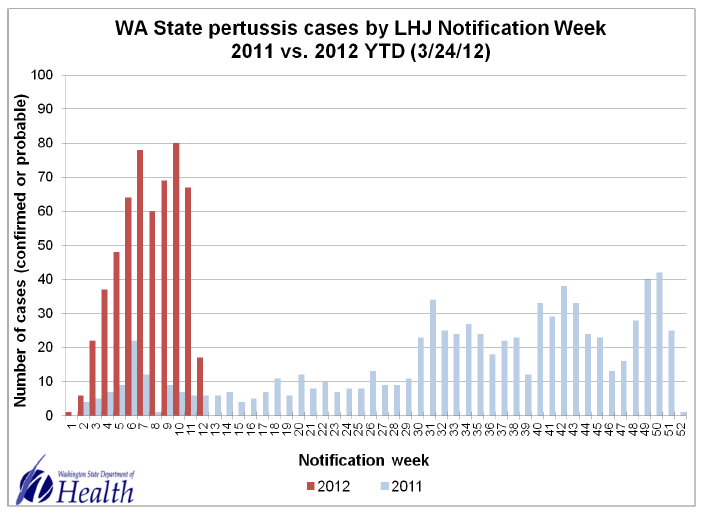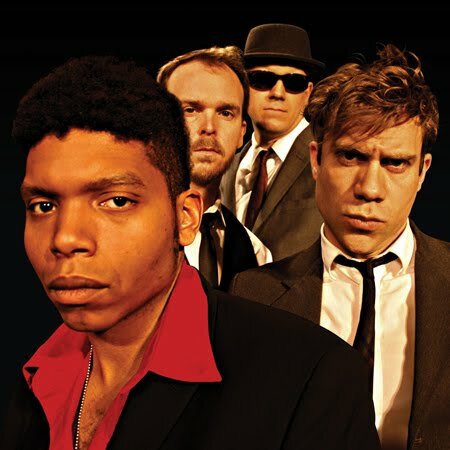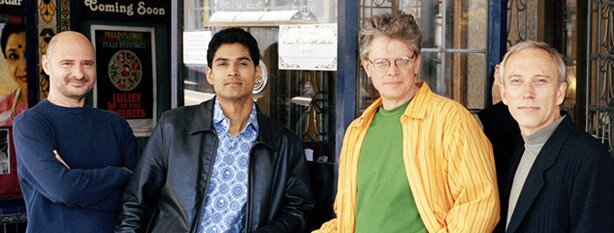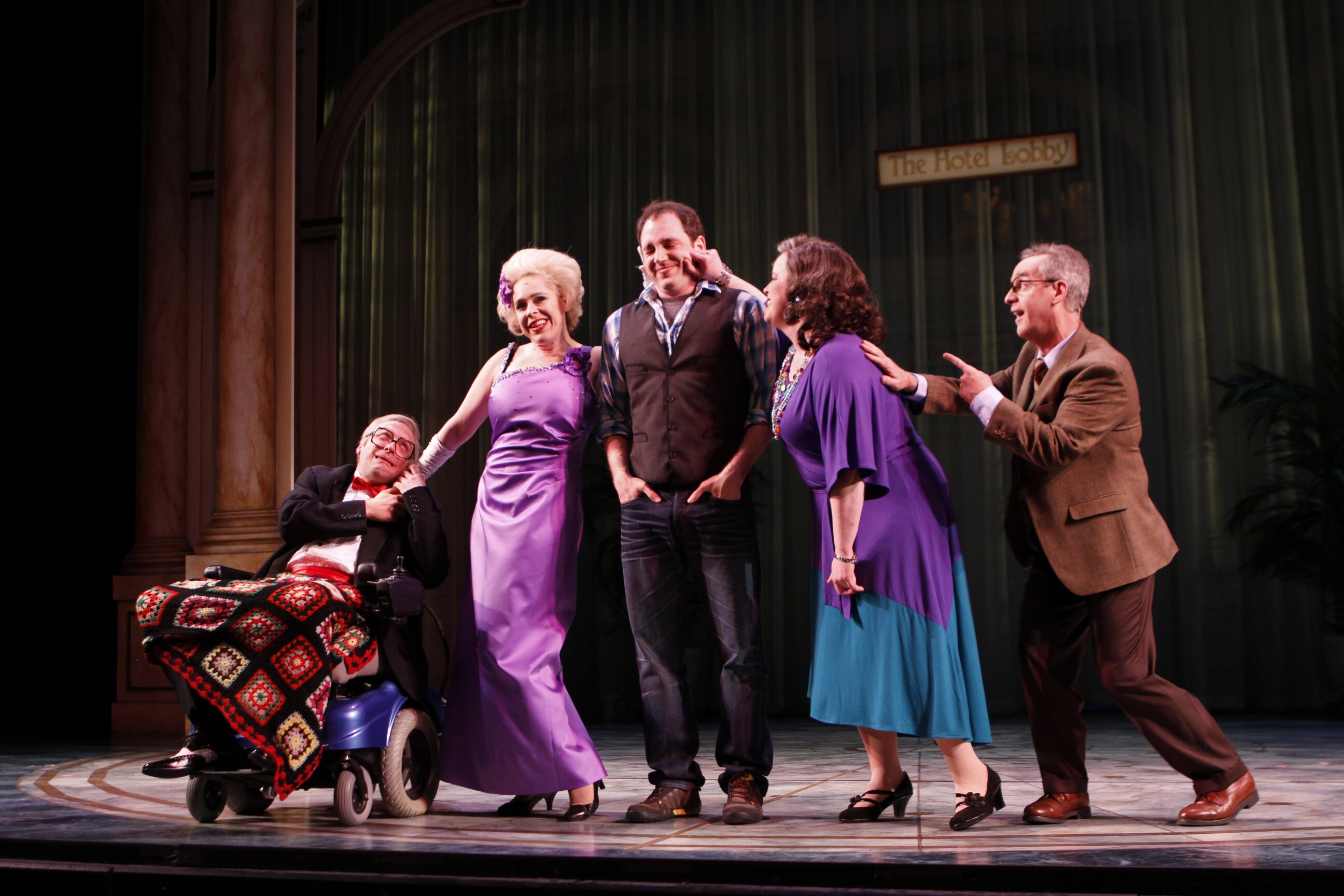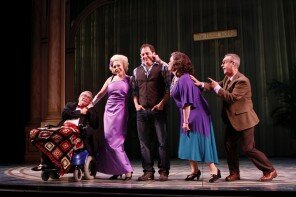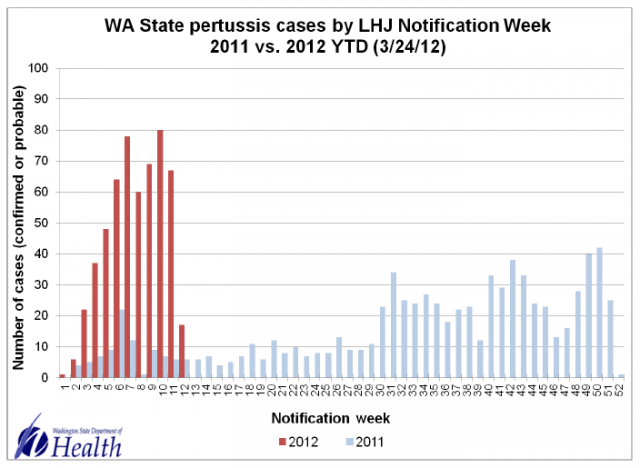
A month ago, we asked if Washington State was losing the war on whooping cough. We just made national news yesterday, with ABC reporting that we have been “hit hard by whooping cough.” Last year this time, Washington had seen 88 cases of pertussis. This year, it’s 549, and officials believe we’ll likely surpass last year’s total, breaking 1,000. Treatment for pertussis (aka whooping cough) is a five-day course of antibiotics.
Locally, you can get the vaccine at Bartell Drugs ($75) and Walgreens ($64), as well as hospitals. (You may want to call ahead to make sure your location provides immunizations. For Walgreens, for instance, it looks as if some locations provide flu shots but not other immunizations.) Swedish Hospital breaks out vaccine recommendations for you. Here is a statewide list of federally funded health centers, which can help the uninsured.
UPDATE: In King County, people who need help with affordable health care can call the Community Health Access Program (1-800-756-5437).
Washington is only the latest state to struggle with the highly contagious bacterial disease, which takes the heaviest toll on infants. (Per the CDC: “From 2000 through 2008, 181 persons died from pertussis; 166 of these were less than six months old.”) The most significant outbreak nationally was in California in 2010, when “9,143 cases of pertussis (including ten infant deaths) were reported.”

Skagit, Jefferson, Cowlitz, Kittitas, and Snohomish counties are among those with the highest incidence in Washington. “For the first time this year, federal health officials are recommending that all adults get the shot, which also protects against tetanus and diphtheria,” reports the Everett Herald.
Snohomish County is making the vaccine available “free to low-income and uninsured adults during two clinics. The first is scheduled from 9 a.m. to 1 p.m. Saturday at the Sea Mar medical clinic, 17707 W. Main St. in Monroe. Another free event is scheduled from 4 to 8 p.m. April 4 at Cascade Valley Hospital, 330 S. Stillaguamish in Arlington.”
On Sounds of Pertussis, a few Snohomish County residents are trying to raise money to send a postcard around warning of the outbreak, and advising vaccination.
Outbreaks are sometimes blamed on anti-vaccination fears, which you can see being stoked, real-time, in this Seattle Times Facebook post’s comments section. A 1998 study published in Lancet found that: “Pertussis incidence was 10 to 100 times lower in countries where high vaccine coverage was maintained than in countries where immunisation programs were compromised by anti-vaccine movements.”
But it is also true that, at $65 to $75 per shot, vaccination costs represent a financial burden for families. As I mentioned in a post about prescription discount programs, “by the end of 2011, Washington State was estimated to have a million uninsured, or almost 15 percent of its total population.” If a mother, father, and child get vaccinated, that’s around $200, purely for whooping cough prevention. That doesn’t include a flu shot.
